Catalogues
- NFC Tags
- Paper NFC tagsOn Metal NFC tagsTamper proof nfc tagsFPC NFC tagsSpecial NFC tags
- NFC Cards
- Plastic NFC cardsPaper NFC cardsLF RFID cardCPU / JAVA card
- NFC Key fobs
- Epoxy NFC key tagsPlastic NFC key fobs
- NFC Reader writer
- Fixed NFC reader writerHandheld RFID readerUSB token NFC readerLF RFID Reader
- NFC Wristband
- Reusable NFC wristbandsOne-off NFC wristbands
- RFID inlay
- Sheet type RFID inlayRoll type RFID inlay
- RFID Tag
- RFID Laundry TagRFID Asset TagRFID Pallet Tag
- Smart Device
- RFID Smart CabinetRFID Library DeviceRFID TunnelRFID Retail Device
- RFID Security Gate
- RFID gate
- Library RFID Tags
- RFID Book TagRFID Disc Tag
- UHF Tags
- EPC Gen 2 UHF tagJewelry RFID tagTamper Proof UHF tagRFID Windshield TagCable Tie RFID TagRFID garment tagRFID Clothing Hard TagDual frequency RFID tagRFID Medical TagLED UHF TagARC Certified UHF Tag
- UHF Cards
- UHF Smart Card
- UHF Wristband
- RFID Wristbands
- UHF Reader writer
- Fixed UHF ReaderMobile RFID ReaderR2000 UHF readerE Series UHF readerC Series UHF reader
- UHF Antenna
- UHF RFID Antenna
- On metal RFID Tag
- UHF Metal tagCeramic UHF metal tagFlexible UHF Metal TagPCB UHF Metal Tag
- Animal Tag
- RFID ear tagRFID Animal ReaderInjectable RFID tagRFID foot ring tag
- More Recommend
- RFID asset tagRFID screw tagRFID Seal Tag
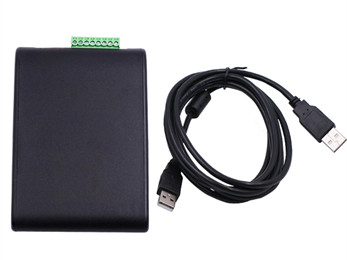
GEE-UR-2100 Desktop UHF RFID reader writer
FCC 902~ 928 Mhz, ETSI 865- 868 Mhz, 0-26 dBm RF output, 1.0 meter read / 0.3 m write distance, RS232, USB, Wiegand interface, 370 tags buffer, > 50 tags/ second inventory speed, ISO18000-6C/ 6B & EPC Gen2 protocol ompliance
Download Specification
OverviewSpecificationApplicationsSupport
GEE-UR-2100 is a fixed all-in-one UHF reader writer with USB, RS232 and Wiegand interface. Worked at 902-928 Mhz/ 865- 868 Mhz with 1 USB port and 1 GPIO port, this type of reader provides multiple interface for user to read/ write tags at distance of up to 1 meter. Typical application: Access control, Time attendance, identification and other fields.
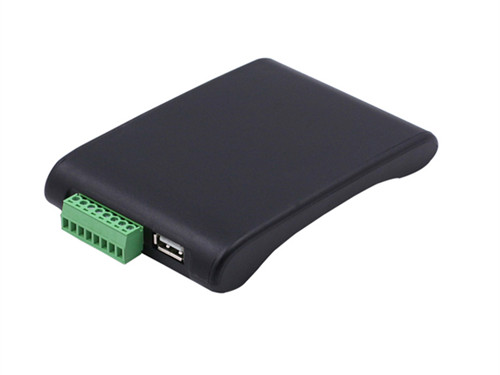
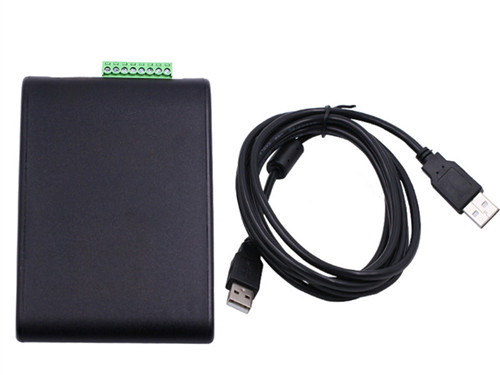
Main features:
• 122.4x 84 x 20 mm, ABS enclosure
• FCC ( North America) 902~ 928 Mhz, ETSI ( EU) 865~ 868 Mhz
• ISO18000-6C RFID tag supported, 370 tags buffer
• > 50 tags/ second inventory speed
• 0- 26 dBm RF output, software adjustable
• Read/ write distance : 0- 1 meter
• RS232, WG26, USB interface
• ISO9001 Quality control system just for quality
• CE, ROHS compliance
![]()

| Physical | |
| Material | ABS enclosure |
| Size | 122.4mm( L) x84 mm ( W) x 20mm (H) |
| Interface | USB, RS232, Wiegand, optional USB HID virtual keyboard |
| Antenna | Built-in circular polarization antenna |
| Weight | 0.6 kg |
| Protocol | ISO18000-6C & EPCglobal Class I Gen 2 |
| RF & Electrical | |
| Frequency | US 902~ 928 Mhz, EU 865~ 868 Mhz |
| RF ouput | 0- 26 dBm ( software adjustable) |
| Read Distance | 1 meter |
| Polarization | circular polarized |
| Inventory speed | > 50 tags/ second |
| Tag buffer | 370 tags@128 bit EPC |
| RSSI | Support |
| Power Supply | USB d.c 5V or external d.c +9V |
| Other features | |
| Software | Demo software, SDK, DLL |
| Anti-collision | Tag processing algorithm, multiple tags operation allowed |
| Extension | Allow connect to access controller |
| Environment | |
| Operating condition | -20 ~ 60 C, 5~ 95% RH, no condensation |
| Storage condition | -5 ~ 45 C, 5~ 95% RH, no condensation |
| Certification | CE, ROHS |
| Accessory | |
| USB cable | 1x |
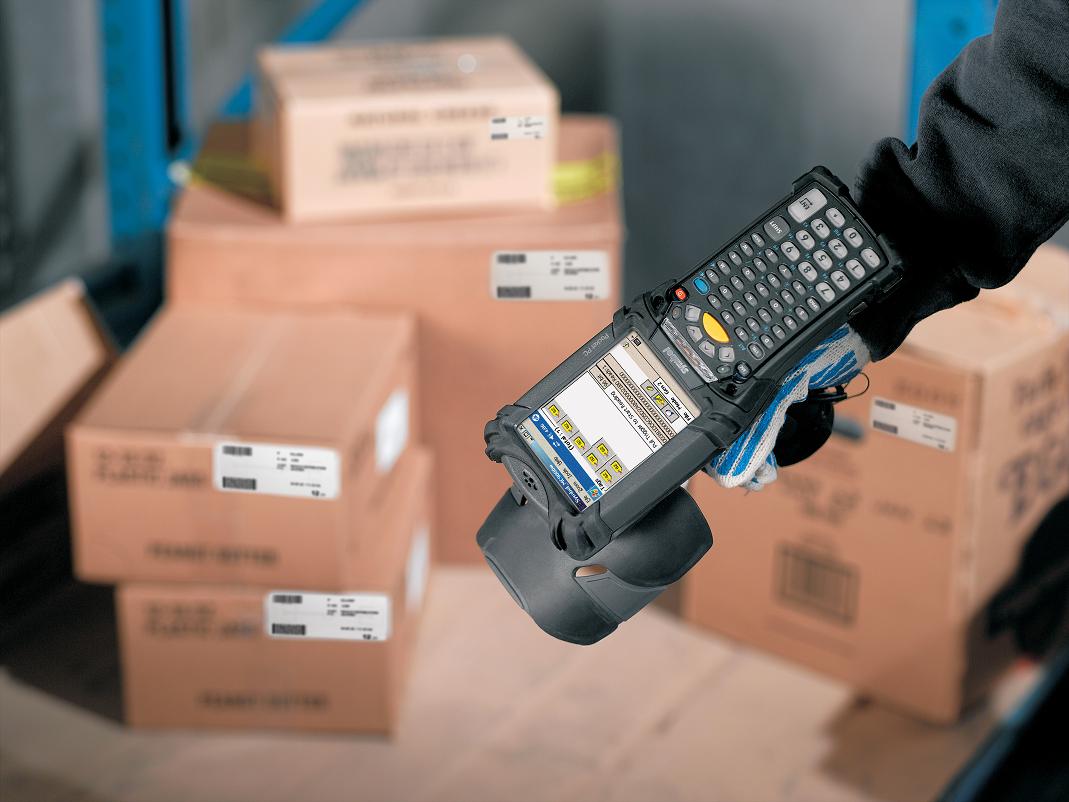
RFID, or Radio-Frequency Identification, is a method of storing data and retrieving it via radio waves. Much in the same way a barcode can store information about a type of product, RFID tags contain unique identifiers that correspond to inventory database records. Switching to RFID in your logistics chain offers some significant advantages over traditional inventory control methods.
WIRELESS SCANNING
One of the major advantages of RFID in logistics is how quickly RFID tags can provide information compared to barcoding or other systems. With a barcode, you have to pass each code over a scanner to register the item. RFID works wirelessly, so you can point a scanner at a box of items and register each one without having to take them out first. A powerful enough RFID scanner could inventory entire rooms at once, making inventory tracking a much faster process.
UNIQUE TRACKING
RFID tags contain a microchip or other storage device that can contain a large amount of information. This allows you to place individual identifiers on products, rather than using a single barcode for an entire class of items, and to follow individual items through your logistics chain, instead of needing to extrapolate that data from inventory numbers. This also allows you to track a defective item back to its source in a much easier manner than with other tracking methods.
REAL-TIME UPDATES
Because scanning and inventory control is much faster with RFID than with other forms of management, the system lends itself to integration with wireless communication systems and real-time inventory management systems. This allows you to query the database at any time and find out exactly how much of a given product you have on hand, instead of getting numbers that may be days or weeks old. RFID scanners built into the entrances of warehouses can even scan crates as they enter and leave, providing instant updates of inventory totals that can propagate to other users across the company network.
INTEGRATION WITH OTHER SYSTEMS
The same RFID tags that provide inventory information can also provide other services as well. Security scanners at building exits can let your system know instantly when any product leaves the premises, allowing you to spot theft or misdirected shipments quickly and correct the problem. Likewise, scanning RFID tags at entry and exit points allows confirmation of shipping and delivery of goods, allowing you to trace a shipment as it moves through your logistics chain, and provide accurate estimates of arrival to customers or other business units.
Related Products
-
GEE-UR-3800 Fixed 8 port UHF RFID reader writer >
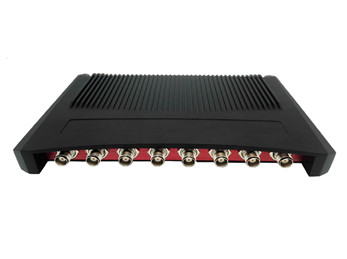
902~ 928 Mhz, 0- 33 dBm RF output, up to 15 meter read distance, Impinj R2000 module, 1000 tag buffer, 400 tag/ second inventory speed
-
GEE-GT-2000 RFID clothing hard tag >
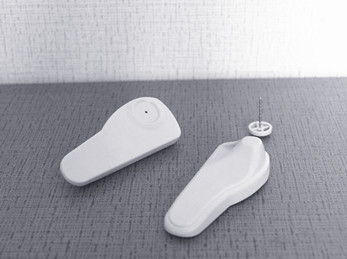
ABS enclosure, 73x 30x 20mm, Impinj R6 chip embedded, 3 ball lock mechanism, 3-5 m read distance

 NFC Tags
NFC Tags NFC Cards
NFC Cards NFC Key fobs
NFC Key fobs NFC Reader writer
NFC Reader writer NFC Wristband
NFC Wristband RFID inlay
RFID inlay RFID Tag
RFID Tag Smart Device
Smart Device RFID Security Gate
RFID Security Gate Library RFID Tags
Library RFID Tags UHF Tags
UHF Tags UHF Cards
UHF Cards UHF Wristband
UHF Wristband UHF Reader writer
UHF Reader writer UHF Antenna
UHF Antenna On metal RFID Tag
On metal RFID Tag Animal Tag
Animal Tag More Recommend
More Recommend Media & Ads
Media & Ads Transportation & Ticketing
Transportation & Ticketing Library & AssetsManagement
Library & AssetsManagement Logistics & Tracking
Logistics & Tracking Access control
Access control Retail & Gas station
Retail & Gas station Texile solution
Texile solution Health & Medicine
Health & Medicine Food & Wine
Food & Wine Apps for NFC mobile
Apps for NFC mobile Apps for Industry & Retail
Apps for Industry & Retail Manuals
Manuals Software
Software FAQ
FAQ Service Center
Service Center How to choose right tags
How to choose right tags Company news
Company news Industry news
Industry news Technical communication
Technical communication


